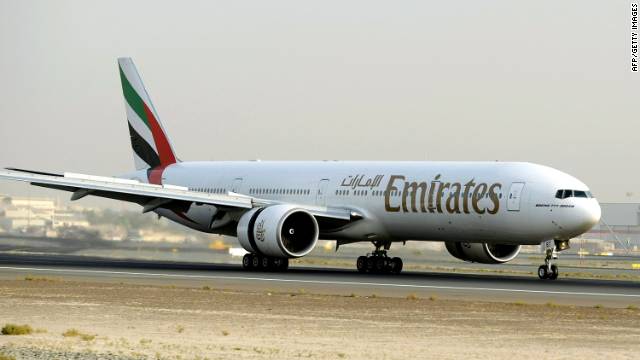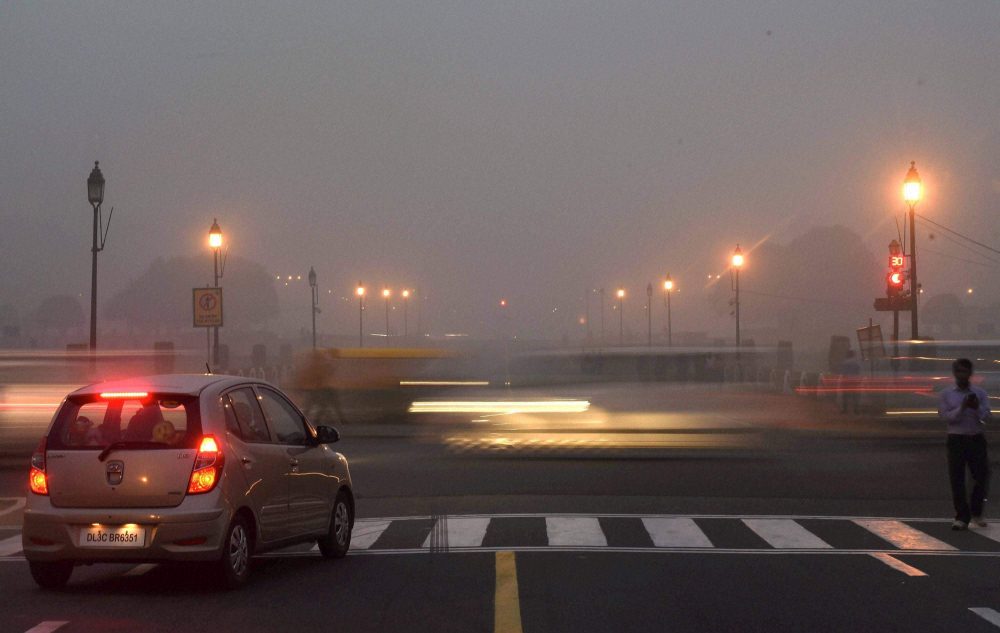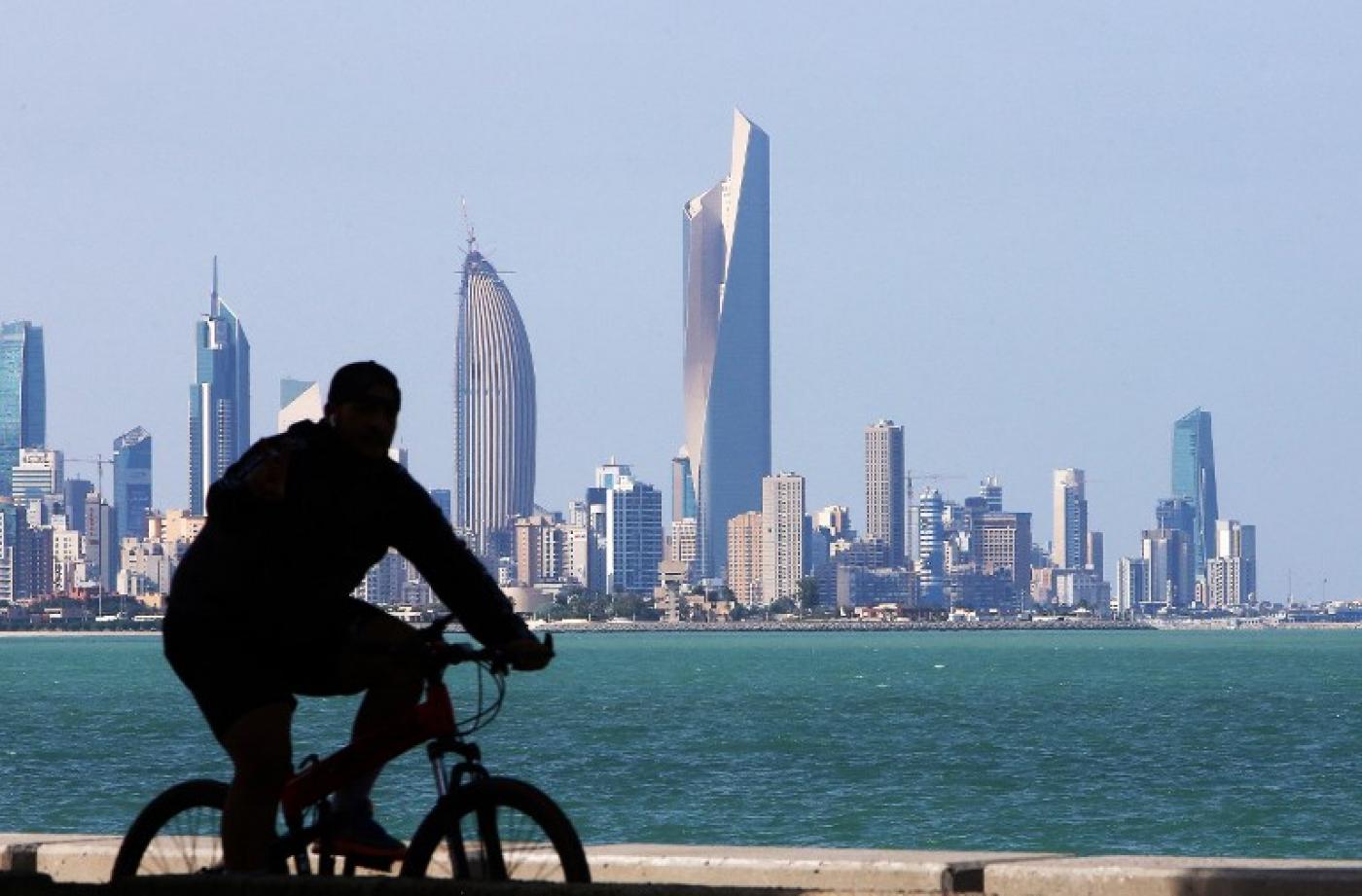
Impact of COVID-19 on the Global Economy
CS- Rahul Chandak,
When the whole world was eagerly waiting for the dusk of 2019, a deadly virus was fervently on its way to shot the dawn of 2020 into an indelible curse, only to be named as non-curable Corona Virus or the Covid-19. The earliest case was detected in the Wuhan city of China, weeks before authorities acknowledged it.
The World Health Organization (WHO) first declared COVID-19, a world health emergency in January, 2020. Since being first diagnosed in Wuhan, China, it has been then detected in over 195 countries and all U.S. states. In early March, the pivotal point of infections shifted from China to Europe, especially Italy, but by April 2020, the emphasis budged to the United States, where the number of infections was accelerating. The infection has sickened over 2 million people, with thousands of fatalities. More than 90 countries have locked down, closed their borders to arrivals from countries with infections, ordered businesses to close, instructed their populations to self-quarantine, and closed schools to an estimated 1.5 billion children. Over the period from mid-March to end of April 2020, more than 18 million Americans filed for unemployment insurance, raising the prospect of a deep economic recession and a significant increase in the unemployment rate.
However, in the pine of delayed response, central banks are engaging in an ongoing series of interventions in financial markets and national governments are announcing the spending initiatives to stimulate their economies. Similarly, International Organizations are taking steps to provide loans and other financial assistance to the countries in need.
On March 11, 2020, the WHO announced that the outbreak was officially a pandemic, the highest level of health emergency. A growing list of economic indicators makes it clear that the outbreak is having a significant negative impact on global economic growth. Global trade and Gross Domestic Product (GDP) are of forecast to decline sharply, at least through the first half of 2020. The global pandemic is affecting a broad swath of international economic and trade activities, from services generally to tourism and hospitality, medical supplies and other global value chains, consumer electronics, and financial markets to energy, transportation, food, and a range of social activities, to name a few. The health and economic crises could have a particularly negative impact on the economies of developing countries that are constrained by limited financial resources and where health systems could quickly become overloaded. Without a clear understanding of when the global health and economic effects may peak and some understanding of the impact on economies, forecasts must necessarily be considered preliminary. Efforts to reduce social interaction to contain the spread of the virus are disrupting the daily lives of most Americans and adding to the economic costs.
Global Growth- An Economic Forecast
Vagueness about the dimension and penetration of the health crisis-related economic effects are fuelling perceptions of risk and volatility in financial markets and corporate decision- making. In addition, uncertainties concerning the global pandemic and the effectiveness of public policies intended to curtail its spread are adding to market volatility.
The Organization for Economic Cooperation and Development (OECD) have forecast the impact on global economic growth from the pandemic and measures governments have adopted to contain the spread of the virus. According to the estimate, the current containment measures could reduce global GDP by 2.0% per month, or an annualized rate of 24%, approaching the level of economic decline not experienced since the Great Depression of the 1930s.
Before the COVID-19 outbreak, the global economy was struggling to regain a broad-based recovery as a result of the lingering impact of growing trade protectionism, trade disputes among major trading partners, falling commodity and energy prices, and economic uncertainties in Europe over the impact of the UK withdrawal from the European Union. Individually, each of these issues presented a solvable challenge for the global economy. Collectively, however, the issues weakened the global economy and reduced the available policy flexibility of many national leaders, especially among the leading developed economies. In this environment, COVID-19 could have an outsized impact. While the level of economic effects will eventually become clearer, the response to the pandemic could have a significant and enduring impact on the way businesses organize their work forces, global supply chains, and how governments respond to a global health crisis.
It is being assessed that the increased direct and indirect economic costs through global supply chains reduced demand for goods and services, and declines in tourism and business travel mean that, “the adverse consequences of these developments for all the major countries are significant.” Global trade, measured by trade volumes, slowed in the last quarter of 2019 and was expected to decline further in 2020, as a result of weaker global economic activity associated with the pandemic, which is negatively affecting economic activity in various sectors, including airlines, hospitality, ports, and the shipping industry.
The forecast is hereunder:
- The greatest impact of the containment restrictions will be on retail and wholesale trade, and in professional and real estate services, although there are notable differences between countries.
- Business closures could reduce economic output in advanced and major emerging economies by 15% or more; other emerging economies could experience a decline in output of 25%.
- Countries dependent on tourism could be affected more severely, while countries with large agricultural and mining sectors could experience less severe effects.
- Economic effects likely will vary across countries reflecting differences in the timing and degree of containment measures.
Global Trade
A hot forecast by the World Trade Organization, global trade volumes are projected to decline between 13% and 32% in 2020 as a result of the economic impact of COVID-19. It is also of the opine that all the geographic regions will experience a double-digit drop in trade volumes, except for “other regions,” which consists of Africa, the Middle East, and the Commonwealth of Independent States. North America and Asia could experience the steepest declines in export volumes. The sectors with extensive value chains, such as automobile products and electronics, could experience the steepest declines. The Service sector of the economy could
experience the largest disruption as a consequence of restrictions on travel and transport and the closure of retail and hospitality establishments. Such services as information technology, however, are growing to satisfy the demand of employees who are working from home.
It is evident that the global economy is grinding to a halt. The pandemic is having a perceptible impact on the global economic growth. Estimates so far indicate the virus could trim Universal economic growth by at least 0.5% to 1.5%, but could rise to 2.0% per month if current conditions persists. Global trade could fall by 13% to 32%, depending on the depth and extent of the global economic downturn. The full impact will not be known until the effects of the pandemic crowning. The Organization for Economic Cooperation and Development (OECD) on March 2, 2020, lowered its forecast of global economic growth by 0.5% for 2020 from 2.9% to 2.4%, if the economic effects of the virus peaked in the first quarter of 2020.
The Changes in the Economic Policy
The challenge for policymakers has been one of implementing targeted policies that address what has been expected to be short-term problems without creating distortions in economies that can outlast the impact of the virus itself. If the economic effects of the pandemic continue to grow, policymakers are likely to give more weight to policies that address the immediate economic effects at the expense of longer-term considerations. Initially, many policymakers had felt constrained in their ability to respond to the crisis as a result of limited flexibility for monetary and fiscal support within conventional standards, given the broad-based synchronized slowdown in global economic growth, especially in manufacturing and trade that had developed prior to the viral outbreak.
Concerns have grown, however, that the virus-related supply shock is creating more prolonged and wide-ranging demand shocks as reduced activity by consumers and businesses lead to a lower rate of economic growth. In this environment, manufacturing and service firms are hoarding cash, which affects market liquidity. In response, central banks have lowered interest rates where possible and expanded lending facilities to provide liquidity to financial markets and to firms potentially facing insolvency.
The Economic Developments
Between late February and early April, 2020, financial markets from the United States to Asia and Europe have been whipsawed as investors have grown concerned that COVID-19 would create a global economic and financial crisis with few metrics to indicate how prolonged and extensive the economic effects may be. Investors have searched for safe-haven investments, such as the benchmark U.S. Treasury, fixed duration security. In response to concerns that the global economy was in a free-fall, the International Monetary Fund (IMF) announced that it was making about $50 billion available through emergency financing facilities for low income and emerging market countries and funds available through its Catastrophe Containment and Relief Trust (CCRT).
For some policymakers, the drop in equity prices has raised concerns that foreign investors might attempt to exploit the situation by increasing their purchases of firms in sectors considered important to national security. However they have also been advised to better screen foreign investments, especially in areas such as health, medical research, and critical infrastructure.
Almost all the countries have imposed restrictions on international travel, thereby adding to the financial market volatility. As a result of tight market conditions, firms turned to their revolving lines of credit with banks to build up their cash reserves. The price of bank shares fell, reflecting sales by investors who reportedly had grown concerned that banks would experience a rise in loan defaults.
Impact over the Emerging Markets
The combined impact of COVID-19, an increase in the value of the dollar, and an oil price war between Saudi Arabia and Russia are hitting developing and emerging economies hard. Not all of these countries have the resources or policy flexibility to respond effectively. The depreciation in currencies could lead to rising rates of inflation by pushing up the prices of imports and negatively economic growth rates in 2020.
Depending on individual levels of foreign exchange reserves and the duration of the capital flow slowdown, some countries may have sufficient buffers to weather the slowdown, while others will likely need to make some form of current account adjustment (reduce spending, raise taxes, etc). Several countries have already asked the IMF for financial assistance and others are likely to follow.
Beyond COVID-19: Embracing the ‘New Normal’
The increasing widespread of COVID-19 has transformed the Worlds’ hustle into varying degrees of uncertainty. One of the few things that seem fairly certain is that the current downturn is the fundamentally different from recessions that the world have witnessed in the past. This is not just another turn of the business cycle, but a shakeup of the world economic order. While countries and companies continues to comprehend the scale of this pandemic, it is certainly undeniable that people are staring at more permanent, structural changes to the way the live, work and play.
However, the collective experience of being shattered away by this common crisis will lead to the questioning of the fundamental assumptions and priorities which will be twin side-a challenge and an opportunity.
The Business landscape will be prone to shift across the globe and leveraging these will certainly help navigate the economically and socially viable path to the next normal. To name a few includes:
- The Shift towards localisation;
- “Digital” gets a real push;
- Cash is the KING for Business;
- Steep move towards Variable cost models;
- Building sensing and control tower capabilities;
- Supply Chain resilience is the key;
- Constructing agility
Conclusions
In sum this crisis is a story with an uncertain ending. However, what is clear is COVID-19 has introduced new challenges to the Global economic environment which call for a measured, practical and informed approach from global political and business leaders.
The quickly evolving nature of the COVID-19 crisis creates a number of unanswerable questions that make it difficult to estimate the full cost to global economic activity. These Questions include, but are not limited to:
- How long will the crisis last?
- How many workers will be affected both temporarily and permanently?
- How many countries will be infected and how much economic activity will be reduced?
- When will the economic effects peak?
- How much economic activity will be lost as a result of the viral outbreak?
- What are the most effective monetary and fiscal policies at the national and global level to address the crisis?
- What temporary and permanent effects will the crisis have on how businesses organize their work forces?
- How are the trade-offs between public health and the economic impact of policies to contain the spread of the virus being weighed?









